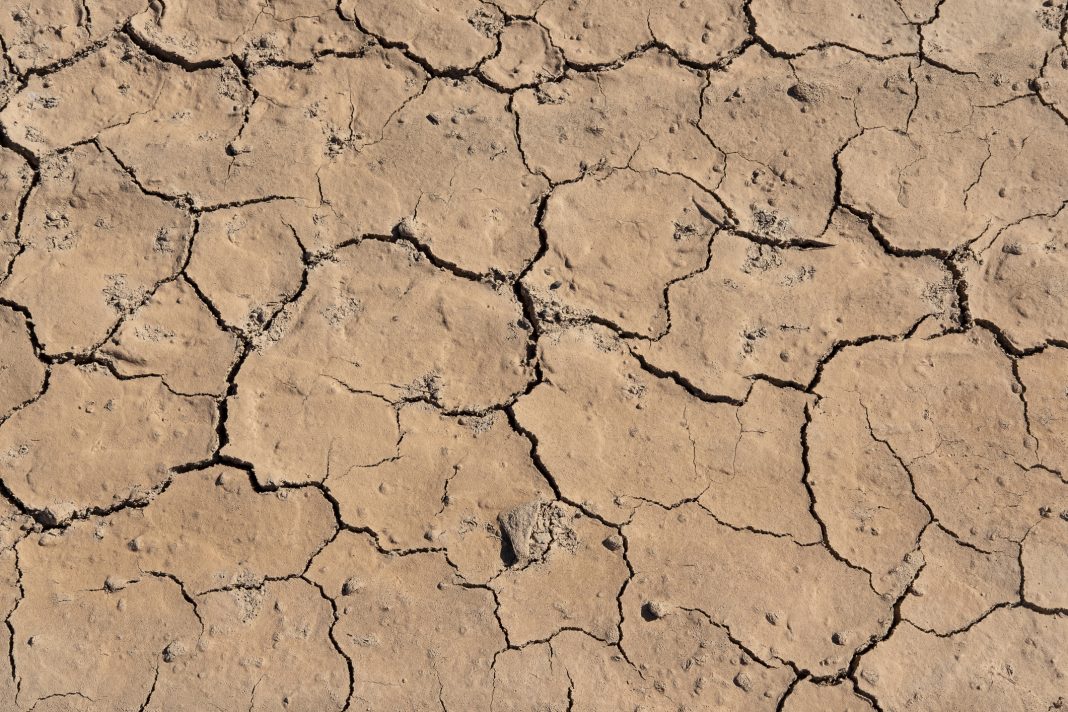Dr. Christine Sprunger, soil scientist and ecologist at W.K. Kellogg Biological Station (KBS) and the Department of Plant, Soil, and Microbial Sciences at Michigan State University, discusses the danger of soil degradation on human and animal life, and what we can do to mitigate it
Soil degradation is the biological, physical, chemical, and biological decline of soil quality or health. This phenomenon is problematic because it reduces the capacity of soils to support plant and animal life. Additionally, it reduces the ability of soils to regulate essential ecosystem services such as water regulation and nutrient cycling.
What factors have led to soil degradation?
Soil degradation has become a global issue and has come about largely due to land conversion from forests and grasslands to intensive agricultural practices. Land conversion depletes soil organic matter values, releasing large amounts of carbon dioxide into the atmosphere, contributing to global climate change and reducing soil fertility and soil health.
Specific intensive agricultural practices that have led to soil degradation include frequent tillage events, failing to incorporate organic matter into a soil management plan, and monoculture cropping. Tillage is vertically disruptive to soils and canbreak down soil aggregates, defined as a cluster of soil particles held together by organic matter, plant roots, polysaccharides from bacteria, and fungal hyphae. These aggregates protect soil carbon from microbial attack and are instrumental for soil carbon accumulation and sequestration. To this end, tillage harms soil’s physical, chemical, and biological health.
Other intensive agricultural practices include relying solely on external sources of fertilizer, such as inorganic nitrogen fertilizer, rather than replenishing the soil with organic matter inputs. Such examples include incorporating cover crops, where both above and belowground biomass increase soil organic matter inputs, applying compost or manure, or planting perennial crops with deep root systems. This also leads to the last point of extending crop rotations beyond just monoculture cropping. This crop diversification will reduce disease outbreaks, break up weed cycles, and increase organic matter and has been shown to increase yield stability over time.
How dangerous is soil degradation?
Soil degradation negatively impacts the environment, can be disastrous for the economy, and can even impact human well-being. Soil degradation is intricately related to the loss of soil carbon, which contributes to climate change. Soil degradation also leads to soil erosion. Historically, the Dust Bowl in the United States provides an example of when soil degradation led to financial ruin for numerous American farmers. Soil degradation can also lead to the inability to grow crops; many countries currently face this. For example, parts of Haiti have experienced vast soil degradation, making it challenging for small-holder farmers to produce enough food to support their families and communities. Earlier in May 2023, a dust storm caused by tillage in nearby farmland led to a major chain-reaction car crash, which tragically led to several casualties. To summarize, soil degradation can be dangerous on numerous scales, which is why soil health management is critical worldwide.
Why is soil health important for human and animal health?
While more research is needed to fully understand the link between soil health and human and animal health, there are some concrete linkages already known. For example, most staple crops that feed either humans or animal agriculture rely on healthy soils to maximize yields. For instance, maize production in the Midwestern part of the United States relies heavily on healthy soils, but most of that feed goes to cattle, which is a significant part of most humans’ diet. Soils also consist of nutrients that are essential for human health. Some research also shows that maintaining healthy soils via increasing soil organic matter and fungal activity helps improve nutritional quality of crops, which in turn could benefit both humans and animals.
What is the most important thing that individuals, institutions, and governmental bodies can do to improve soil health?
There are numerous examples of how individuals can help to improve soil health. The general public can call upon their local and national representatives to support initiatives around regenerative agriculture, soil health, and environmental quality and request that national budgets incorporate funding for federal agencies to support research on soil health. In the United States, citizens can encourage lawmakers to include stipulations around soil health and regenerative agriculture in the Farm Bill.
Individual farmers can do a lot to directly impact soil health by adopting soil health-promoting practices thatinclude minimizing soil disturbance, increasing plant diversification, increasing soil organic matter inputs, ensuring year-round ground cover, and maximizing the presence living roots throughout the crop rotation. In addition, adopting practices like cover crops and/or minimizing tillage could lead to enhanced soil health. It could also lead to soil carbon accumulation and nutrient retention, which contribute to other key ecosystem services.
Governmental bodies can contribute by providing resources for farmers interested in adopting regenerative agricultural practices by providing training, farmer-led grants that could support farmers interested in experimenting with new practices, and incentivizing soil health-promoting practices by paying farmers to adopt more sustainable management practices.

This work is licensed under Creative Commons Attribution-NonCommercial-NoDerivatives 4.0 International.


